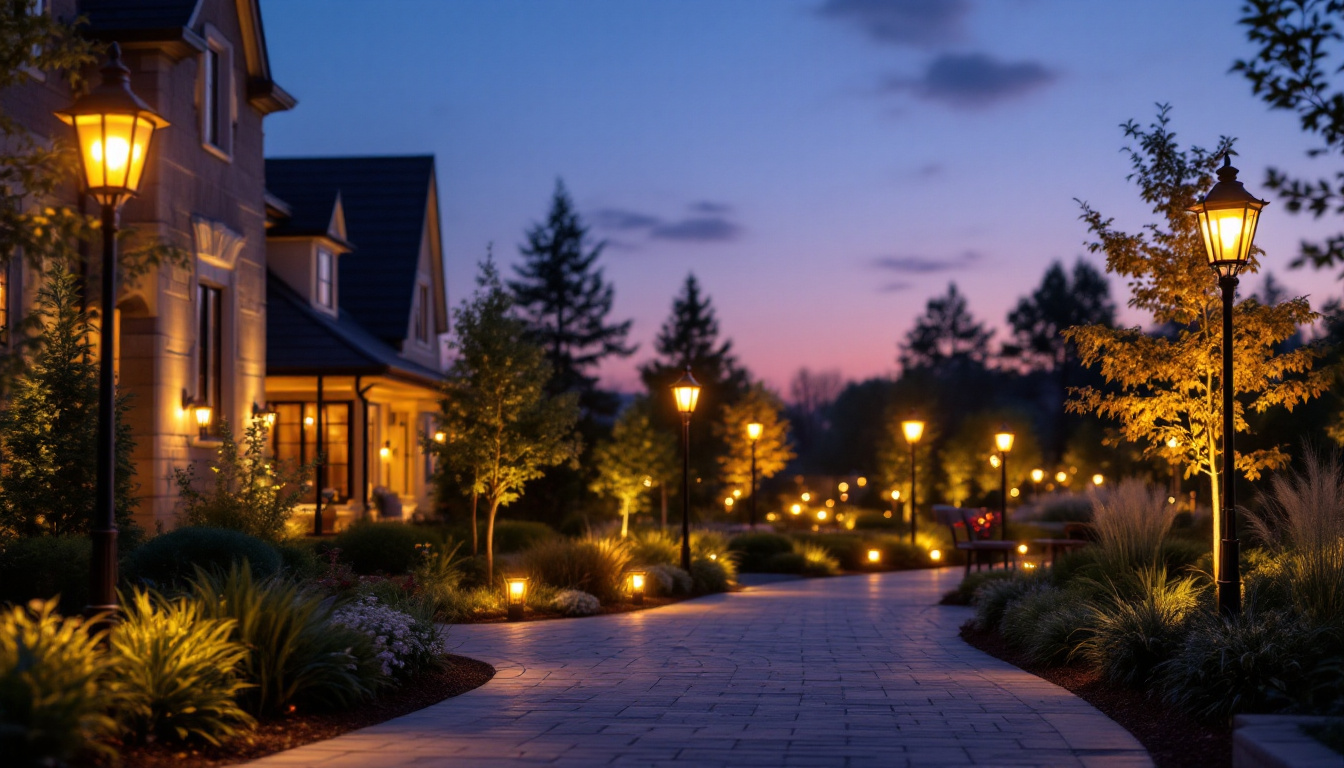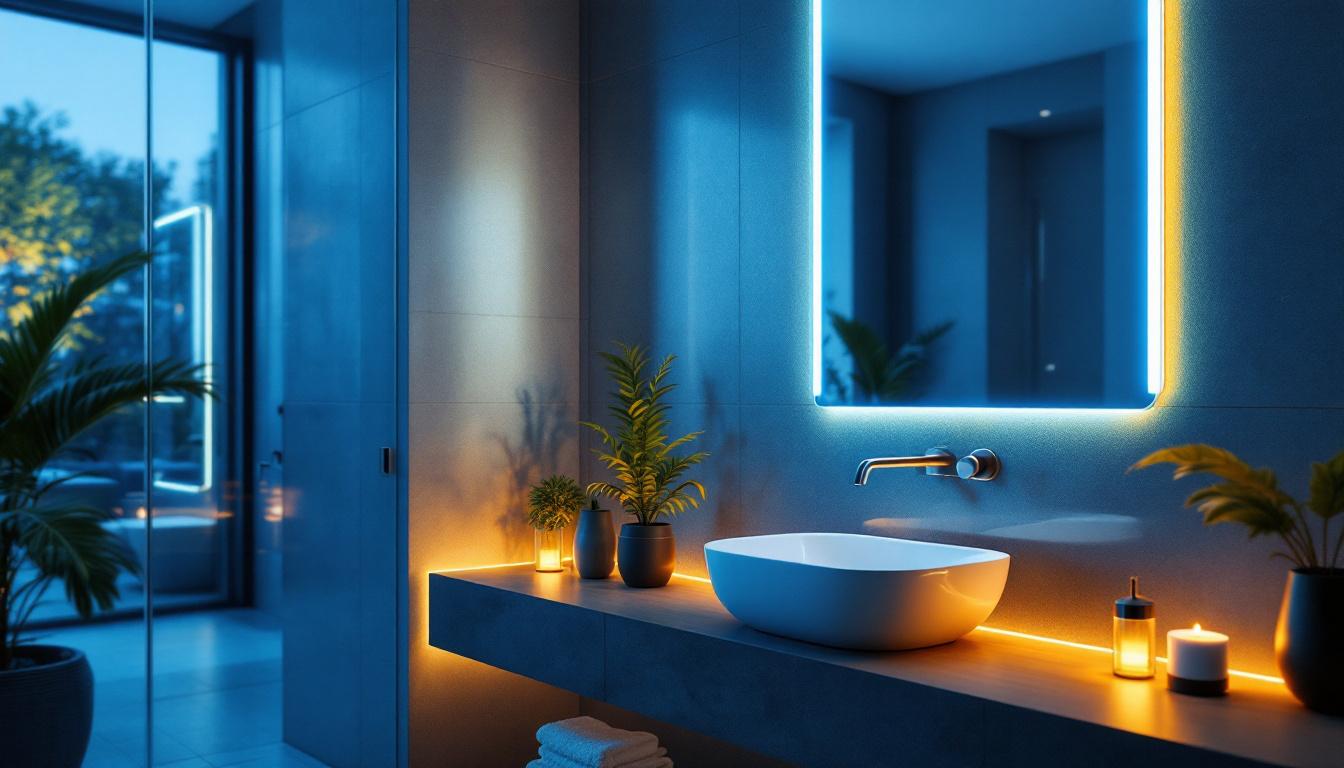
In the ever-evolving world of lighting technology, digital light timers have emerged as essential tools for lighting contractors. These devices not only enhance energy efficiency but also provide flexibility and convenience in managing lighting systems. This guide aims to explore the various aspects of digital light timers, equipping lighting contractors with the knowledge needed to effectively implement these devices in their projects.
Digital light timers are programmable devices that control the operation of lighting systems based on specific schedules or conditions. Unlike traditional mechanical timers, digital timers offer advanced features and greater precision, allowing contractors to customize lighting schedules to meet specific needs.
At their core, digital light timers utilize microprocessors to execute programmed commands. Users can set on/off schedules, adjust brightness levels, and even integrate sensors that respond to environmental conditions. This level of control is particularly beneficial for outdoor lighting, where timing can be adjusted based on sunset and sunrise times.
Many models also feature a user-friendly interface, often with LCD screens for easy programming. This allows contractors to quickly set up the timer without extensive technical knowledge, making them accessible for various projects. Some advanced models even support smartphone connectivity, enabling users to control their lighting remotely through dedicated apps. This feature adds a layer of convenience, allowing for adjustments on the fly, whether at home or away.
The advantages of incorporating digital light timers into lighting systems are numerous. For one, they significantly enhance energy efficiency. By ensuring that lights are only on when needed, contractors can help clients reduce their energy bills and minimize their carbon footprint.
Additionally, digital timers can improve the lifespan of lighting fixtures. By preventing unnecessary use, they reduce wear and tear, ultimately saving clients money on maintenance and replacement costs. Furthermore, the ability to create customized lighting schedules can enhance security and ambiance, making properties more appealing. For instance, setting lights to turn on at dusk and off at dawn can deter potential intruders, while programmable dimming can create a warm and inviting atmosphere for evening gatherings. Moreover, with the integration of motion sensors, lights can automatically illuminate when someone approaches, providing both safety and convenience.
There is a wide variety of digital light timers available on the market, each designed to meet different needs and applications. Understanding these types is crucial for contractors looking to select the right timer for their projects.
Programmable timers allow users to set specific on and off times for their lighting systems. These timers are ideal for residential and commercial applications where consistent lighting schedules are required. They often come with multiple programming options, enabling contractors to set different schedules for weekdays and weekends.
Many programmable timers also feature a random mode, which can be particularly useful for security purposes. This mode randomly adjusts lighting schedules to create the illusion that a property is occupied, deterring potential intruders.
Photocell timers utilize light sensors to automatically turn lights on or off based on ambient light levels. This technology is particularly beneficial for outdoor lighting, ensuring that lights activate at dusk and deactivate at dawn without manual intervention.
Contractors often recommend photocell timers for landscape lighting, parking lots, and security lights. By automating the lighting process, these timers enhance convenience and ensure that lights are only used when necessary.
As the demand for smart home technology continues to rise, smart digital timers have gained popularity among contractors. These devices can be controlled remotely via smartphone apps or integrated into home automation systems, allowing users to manage their lighting from anywhere.
Smart timers often come with additional features, such as energy usage tracking and integration with voice-activated assistants. This level of control and monitoring can greatly enhance the user experience, making them an attractive option for tech-savvy clients.
Installing digital light timers requires careful consideration to ensure optimal performance. Here are some essential tips for lighting contractors to keep in mind during the installation process.
The location of the timer is crucial for effective operation. For photocell timers, it is important to install the sensor in an area that receives direct sunlight, as obstructions can affect its performance. Similarly, programmable and smart timers should be placed in accessible locations for easy programming and maintenance.
Additionally, consider the proximity to the lighting fixtures being controlled. The timer should be installed close enough to avoid excessive wiring, which can complicate the installation process.
Proper wiring is essential for the functionality of digital light timers. Ensure that all connections are secure and follow the manufacturer’s guidelines for installation. Contractors should also be aware of the voltage requirements of the timer and the lighting fixtures to avoid any compatibility issues.
Using high-quality wiring and connectors can prevent future problems, such as flickering lights or timer malfunctions. It is advisable to test the system after installation to confirm that everything is functioning as intended.
Once the timer is installed, the next step is programming it according to the client’s needs. Take the time to walk through the programming process with the client, ensuring they understand how to adjust settings as necessary. This not only empowers the client but also reduces the likelihood of service calls for minor adjustments.
For complex systems, consider providing a written guide or video tutorial that clients can refer to later. This added value can enhance customer satisfaction and strengthen the contractor-client relationship.
Even with proper installation and programming, issues may arise with digital light timers. Being prepared to troubleshoot common problems can save contractors time and enhance their reputation for reliability.
If a digital light timer is not responding, the first step is to check the power supply. Ensure that the timer is properly connected to the electrical circuit and that there are no blown fuses or tripped breakers. If the power supply is intact, resetting the timer may resolve the issue.
In some cases, a firmware update may be necessary, especially for smart timers. Check the manufacturer’s website for any available updates and follow the instructions for installation.
Inconsistent lighting schedules can be frustrating for both contractors and clients. If lights are turning on or off at unexpected times, it may be due to incorrect programming or interference from other devices. Review the programming settings to ensure they are set correctly.
For smart timers, check for any conflicts with other connected devices that may be affecting the lighting schedule. Sometimes, interference from Wi-Fi networks can also cause issues, so ensuring a strong connection can help maintain consistent performance.
For photocell timers, sensor malfunctions can lead to lights not activating as intended. Inspect the sensor for any obstructions, such as dirt or debris, that may be blocking light. If the sensor is clean and still not functioning, it may need to be replaced.
Additionally, ensure that the sensor is not exposed to artificial light sources, as this can cause it to malfunction. Proper placement and maintenance are key to ensuring the longevity of photocell timers.
The landscape of digital light timers is continually evolving, driven by advancements in technology and changing consumer preferences. Staying informed about these trends can help lighting contractors remain competitive in the market.
The integration of digital light timers with Internet of Things (IoT) devices is becoming increasingly common. This trend allows for seamless communication between various smart devices, enabling more sophisticated lighting control systems. Contractors who understand how to implement IoT solutions will be better positioned to meet the demands of tech-savvy clients.
As more homes and businesses adopt smart technology, the ability to integrate lighting systems with security cameras, thermostats, and other devices will become a significant selling point for contractors.
Manufacturers are continually improving user interfaces for digital light timers, making them more intuitive and user-friendly. Touchscreen controls, voice commands, and mobile app compatibility are just a few examples of how technology is enhancing the user experience.
Contractors should familiarize themselves with these advancements to provide clients with the most efficient and enjoyable lighting control solutions available.
As sustainability becomes a priority for many consumers, digital light timers are evolving to include features that promote energy conservation. This includes energy monitoring capabilities and the ability to optimize lighting schedules based on usage patterns.
Contractors who emphasize the sustainability benefits of digital light timers can appeal to environmentally conscious clients, positioning themselves as leaders in the green building movement.
Digital light timers are invaluable tools for lighting contractors, offering enhanced control, energy efficiency, and convenience. By understanding the various types of timers, installation best practices, and troubleshooting techniques, contractors can effectively implement these devices in their projects.
As technology continues to advance, staying informed about trends in digital light timers will be essential for contractors looking to remain competitive. By embracing these innovations, contractors can provide exceptional service and meet the evolving needs of their clients.
Incorporating digital light timers into lighting projects not only enhances functionality but also contributes to a more sustainable future. As the industry continues to grow, the role of lighting contractors will be crucial in shaping the way we illuminate our spaces.
Ready to elevate your lighting projects with the most advanced digital light timers on the market? Look no further than LumenWholesale, where we provide contractors with the highest quality, spec-grade lighting products at unbeatable wholesale prices. Say goodbye to local distributor markups and hello to superior lighting solutions that meet the strictest industry standards. With our hassle-free bulk buying and free shipping, you can stock up on reliable, high-performance lighting without any hidden fees. Don’t compromise on quality or value—visit LumenWholesale for Wholesale Lighting at the Best Value and start transforming your lighting projects today.

Discover essential strategies and expert tips for lighting contractors to excel in the commercial outdoor lighting industry.

Discover why exterior wall light fixtures are essential for every lighting contractor.

Discover the essential guide for lighting contractors on outdoor electric lamps.

Discover how mirror strip lights are revolutionizing lighting design and installation with their sleek aesthetics and energy efficiency.